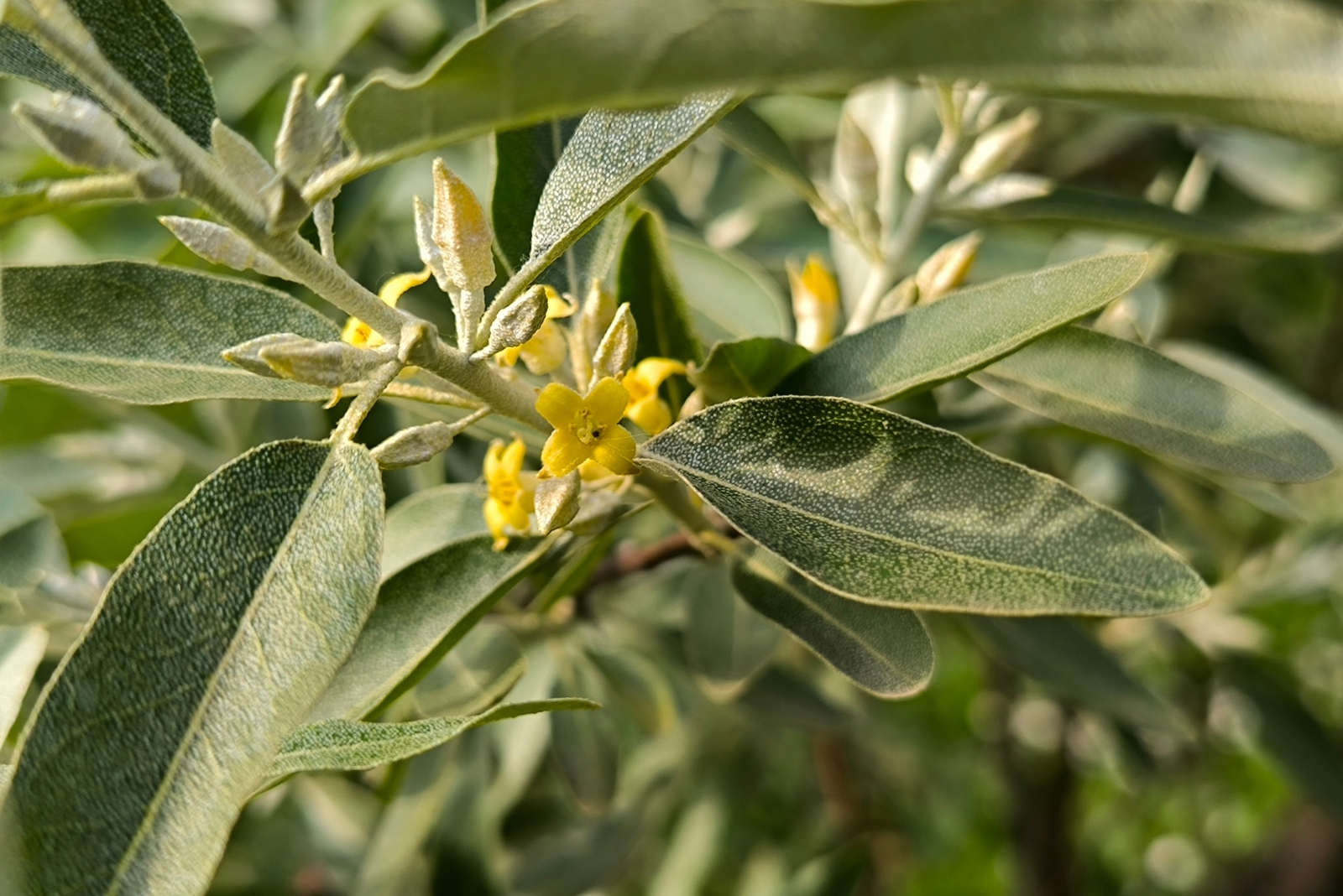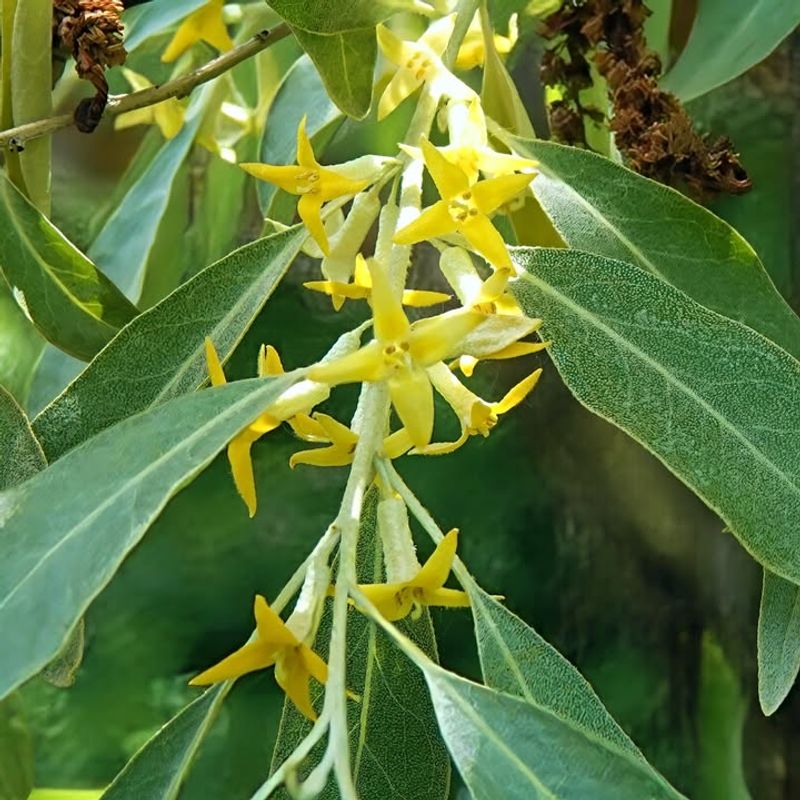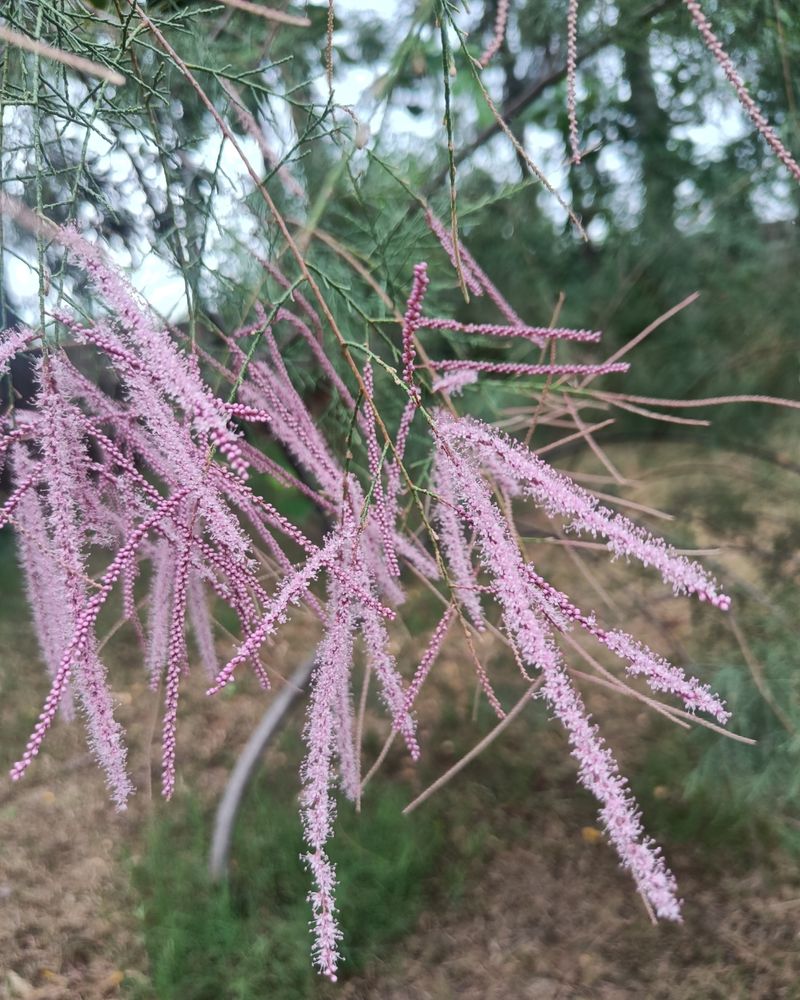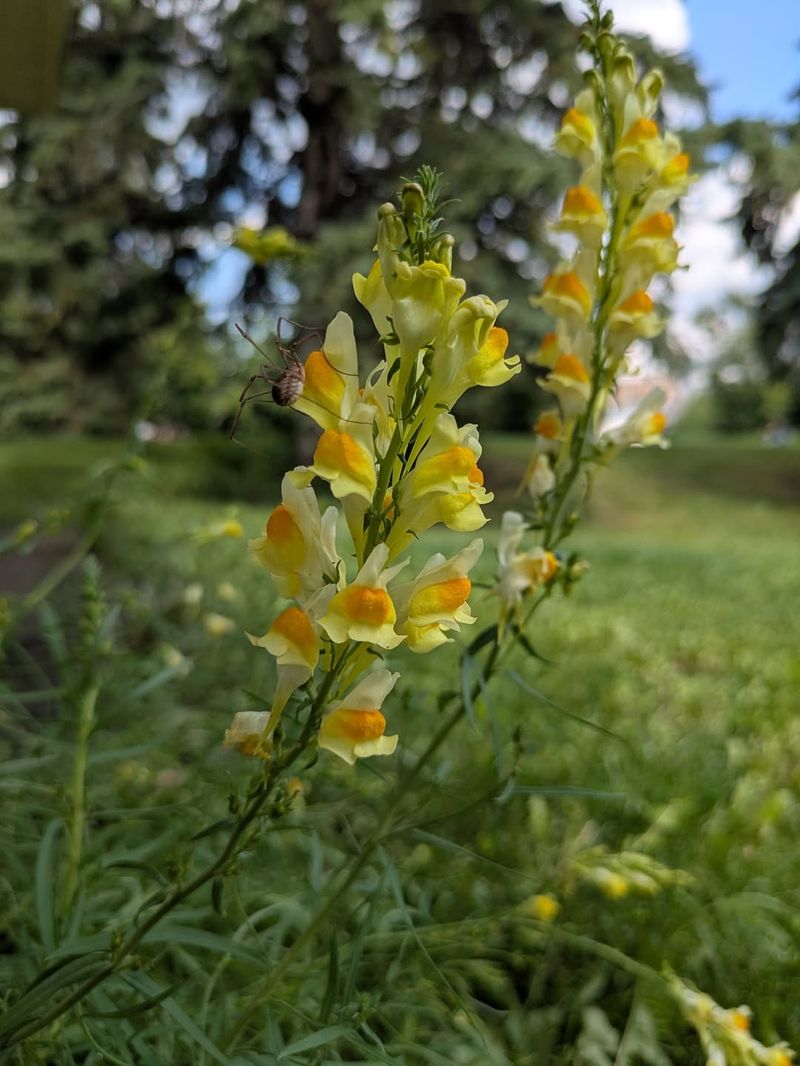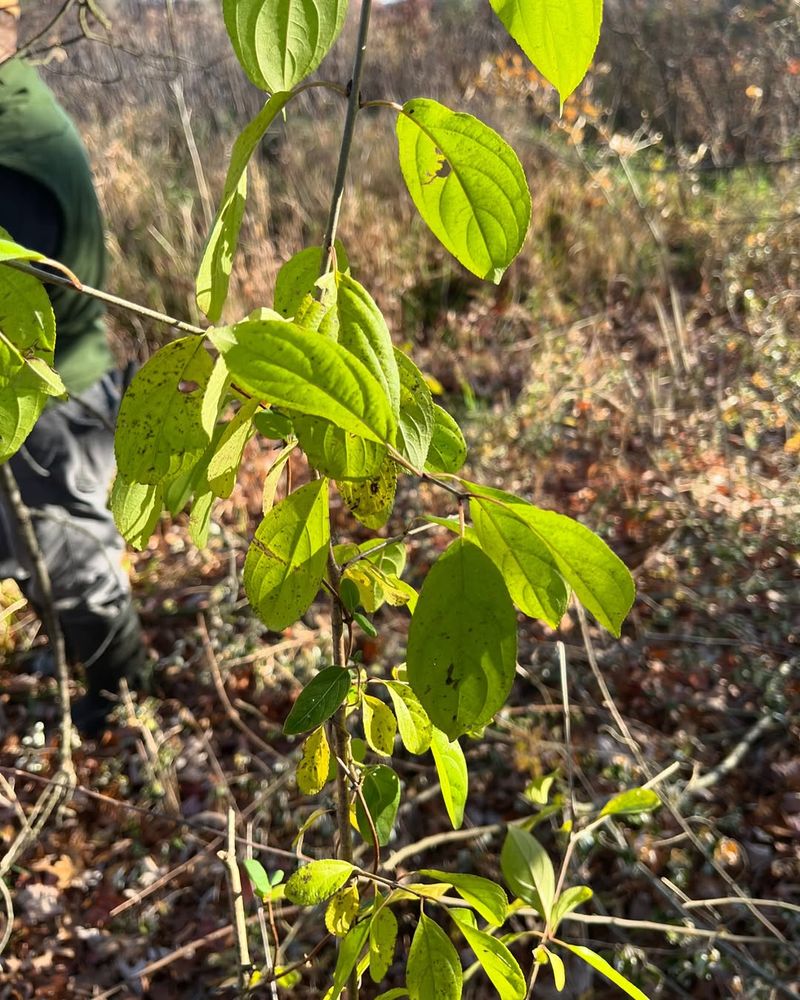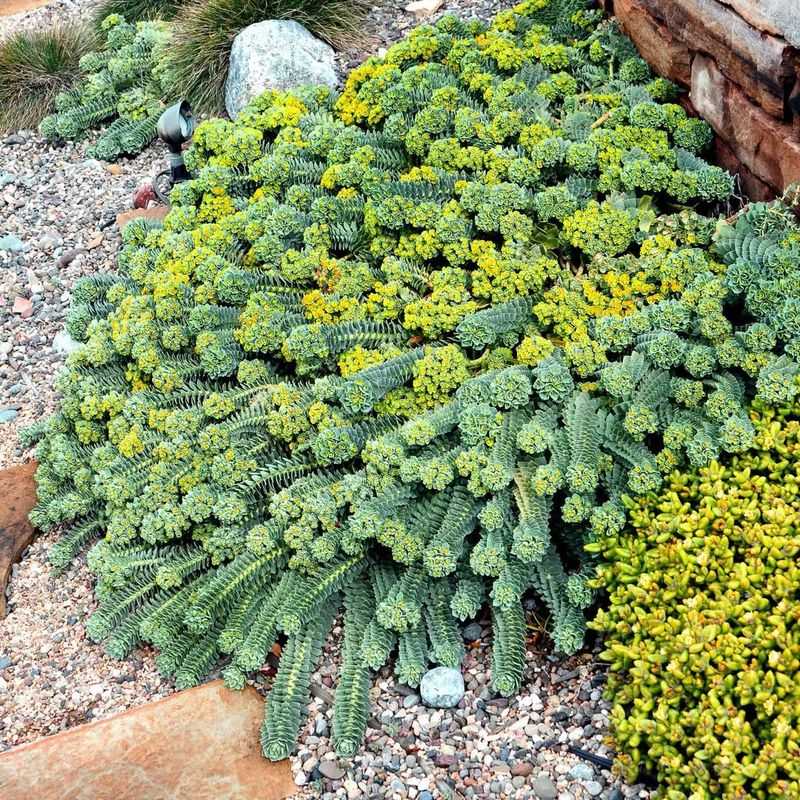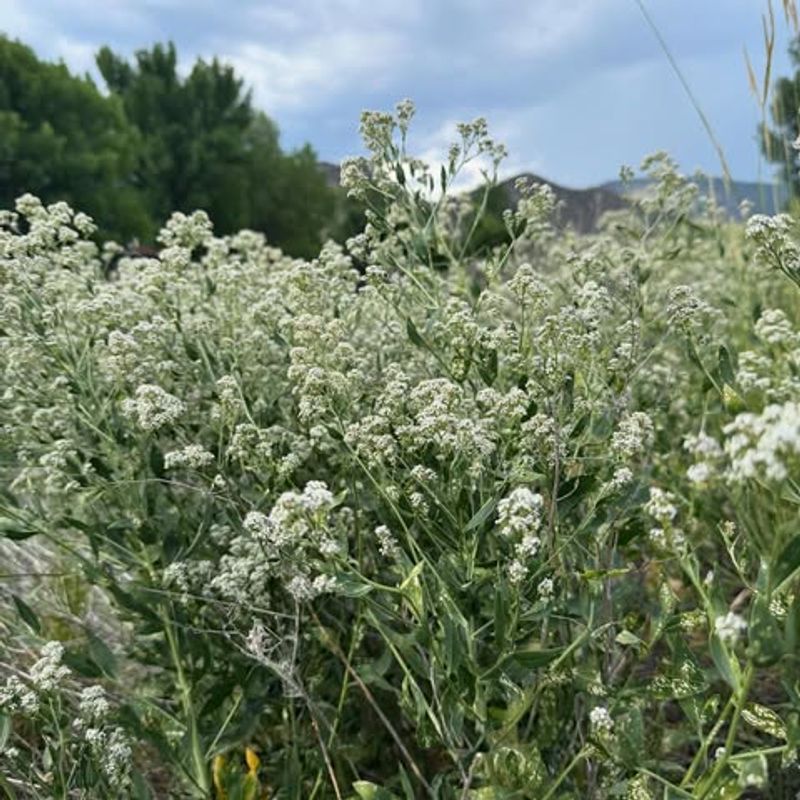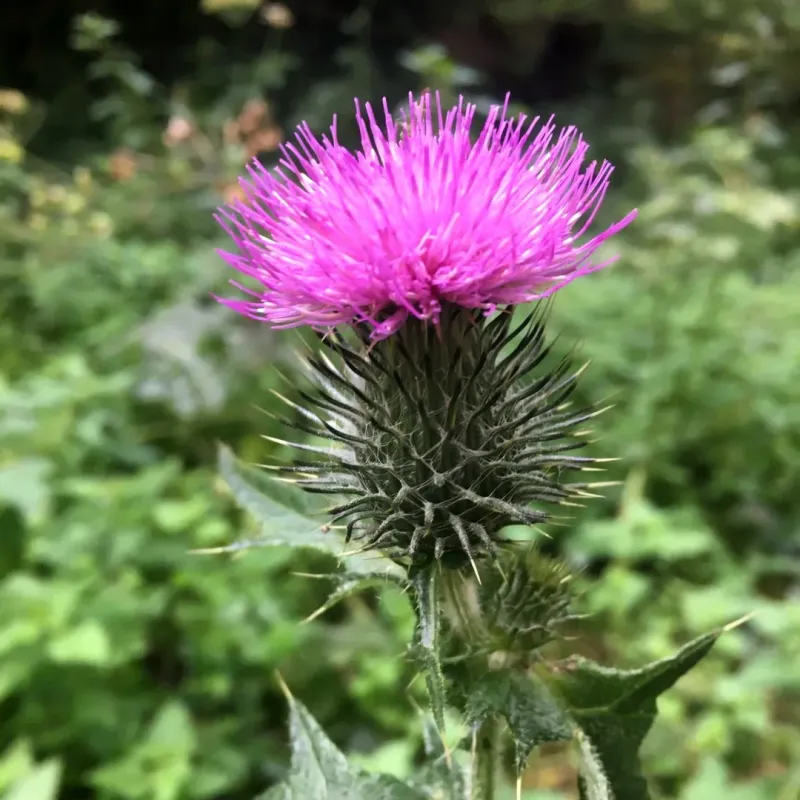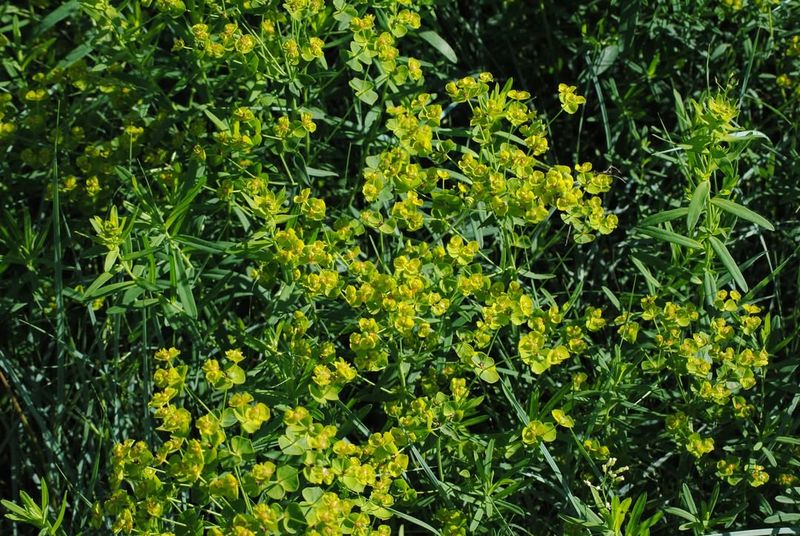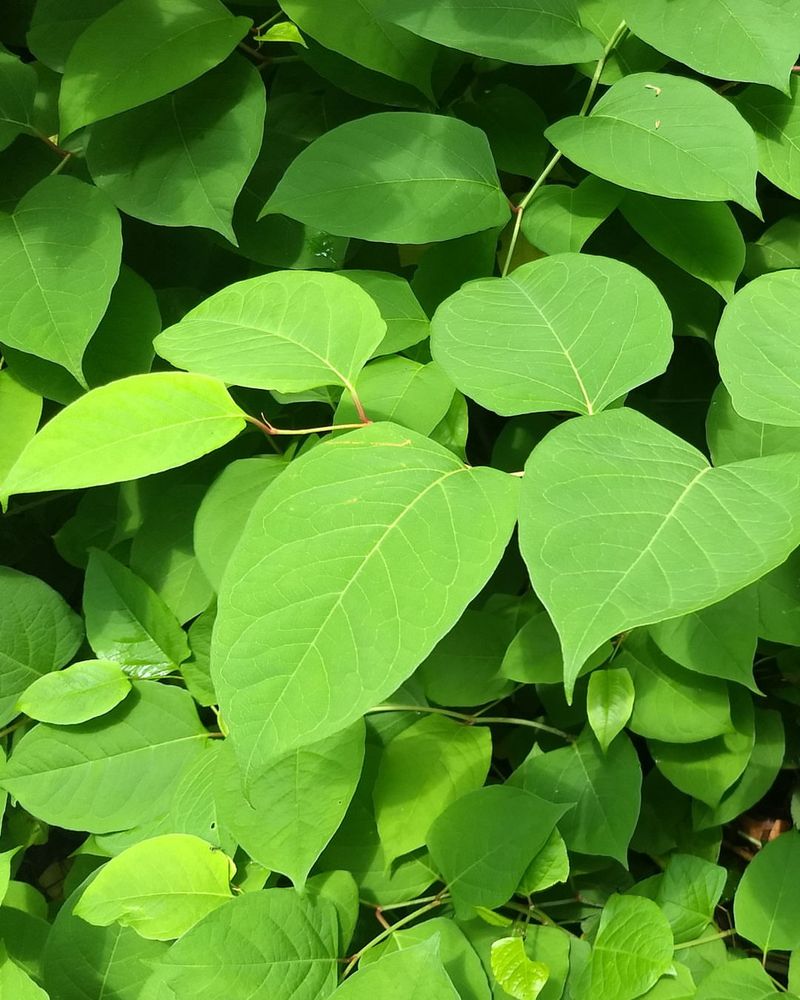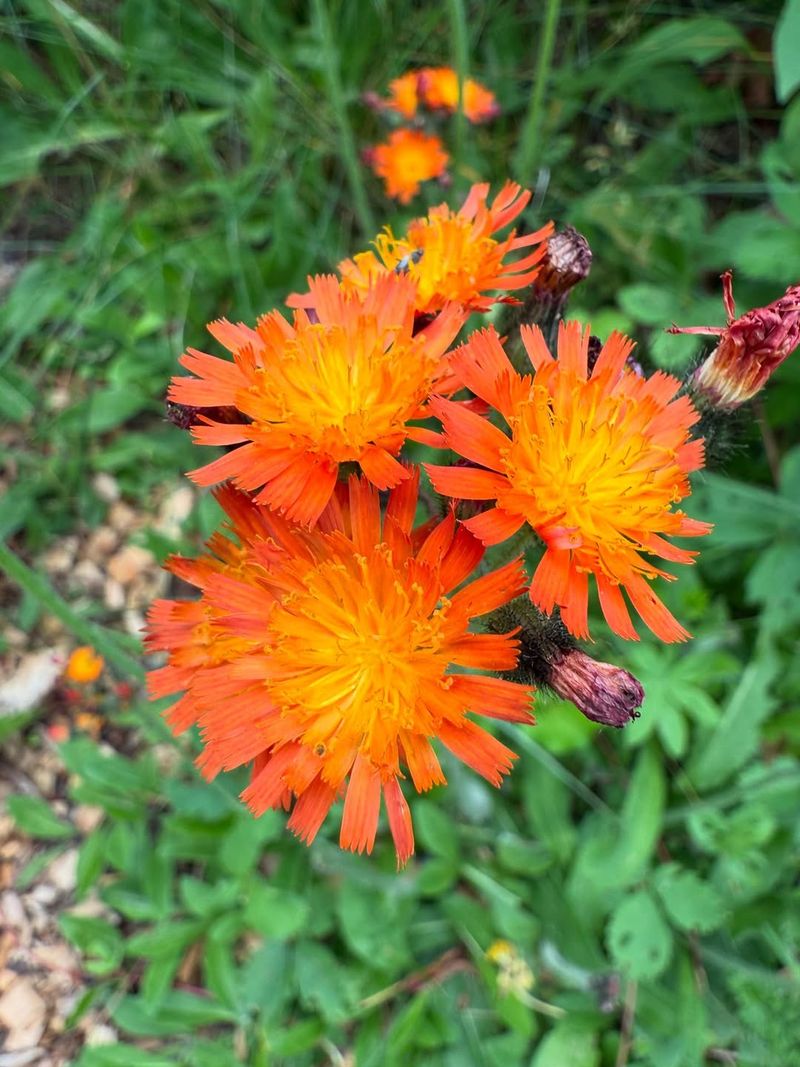Some plants in Colorado are under the radar but could soon be off-limits. Knowing which ones could cause trouble helps you avoid headaches later.
I’ve highlighted ten that might be on the chopping block. Stay ahead of the rules and keep your garden thriving.
1. Russian Olive
Farmers once planted these silvery trees for windbreaks across Colorado’s plains. Russian olive seemed helpful at first, but it crowds riverbanks and steals water from cottonwoods and willows.
Birds spread its seeds everywhere, creating dense thickets that block hiking trails. The thorny branches make removal painful and time-consuming work.
Water managers in Colorado now consider it a serious threat to riparian ecosystems. Many counties already restrict new plantings, and statewide rules might follow soon.
2. Tamarisk
Also called salt cedar, tamarisk drinks up to 200 gallons of water daily. Colorado’s precious water resources can’t afford plants this thirsty, especially during drought years.
It creates salty soil conditions that kill native vegetation around it. Wildlife avoids tamarisk thickets because they provide poor shelter and food.
Millions of dollars go toward removing it from Colorado waterways each year. Homeowners with tamarisk face increasing pressure to rip it out before regulations tighten further.
3. Yellow Toadflax
Nicknamed butter-and-eggs for its two-tone blooms, this snapdragon relative looks cheerful enough. Yellow toadflax spreads through underground roots and seeds, making it nearly impossible to control.
Ranchers in Colorado hate it because livestock won’t eat it, reducing grazing land quality. It invades disturbed areas like roadsides and construction sites with alarming speed.
Garden centers still sell it occasionally, but that might change soon. Colorado agricultural officials consider it a significant economic threat worth banning completely.
4. Common Buckthorn
Birds love the berries but pay a price—buckthorn fruits act as laxatives. This European shrub forms impenetrable thickets in Colorado forests and parks, shading out everything beneath it.
It leafs out earlier and keeps leaves longer than native plants, stealing sunlight all season. Cutting it down doesn’t work because stumps resprout vigorously.
Colorado park managers spend countless hours battling established buckthorn populations. Preventing new plantings through regulations makes more sense than fighting existing infestations forever.
5. Myrtle Spurge
Did you know this innocent-looking succulent contains toxic milky sap that burns skin? Myrtle spurge spreads aggressively through Colorado gardens and escapes into natural areas easily.
Its seeds shoot several feet away when ripe, colonizing new territory without any help. Deer won’t touch it, giving it an unfair advantage over native plants they do eat.
Colorado gardeners who planted it for drought tolerance now regret that decision. State officials debate adding it to noxious weed lists before it becomes more widespread.
6. Perennial Pepperweed
Whitetop, as some call it, turns fields into white carpets each spring. Perennial pepperweed tolerates salt, drought, and flooding, making it adaptable to various Colorado conditions.
Underground roots spread horizontally up to 10 feet yearly, forming dense colonies. Farmers lose crop yields where it invades, and it lowers property values along Colorado’s Front Range.
Chemical control often fails because roots grow so deep into the soil. Colorado counties already list it as noxious, and statewide garden bans seem inevitable.
7. Scotch Thistle
Standing up to 10 feet tall, Scotch thistle looks dramatic but causes real problems. Its sharp spines make Colorado pastures dangerous for livestock and unpleasant for hikers.
Each plant produces thousands of wind-blown seeds that travel for miles. It establishes quickly in disturbed soil, taking advantage of construction sites and overgrazed areas.
Ranchers in Colorado spend significant money controlling it on their land. Garden enthusiasts who find it architecturally interesting might lose that option if proposed bans pass.
8. Leafy Spurge
Ranchers consider leafy spurge public enemy number one across Colorado’s eastern plains. Its deep roots reach down 15 feet, accessing water that native grasses can’t compete for.
Cattle avoid it because the milky sap causes mouth blisters and digestive upset. It spreads through seeds and root fragments, surviving herbicides and mowing attempts.
Colorado loses millions in grazing revenue annually because of this persistent invader. Homeowners near infested areas face mandatory removal orders that could extend statewide soon.
9. Japanese Knotweed
Often mistaken for bamboo, Japanese knotweed destroys foundations, sidewalks, and drainage systems. Its roots penetrate concrete and asphalt, causing expensive damage to Colorado homes and infrastructure.
It spreads from tiny root fragments, making disposal tricky for homeowners. A piece smaller than your fingernail can start a new infestation.
Colorado municipalities already spend heavily fighting it in public spaces. Residential bans seem certain as officials realize how much it costs taxpayers in property damage.
10. Orange Hawkweed
Devil’s paintbrush sounds menacing, and this mountain invader lives up to the name. Orange hawkweed forms thick mats in Colorado’s alpine meadows, crowding out wildflowers that elk and deer depend on.
It spreads through seeds and underground stems called stolons. Mountain communities notice declining native plant diversity wherever it establishes.
Colorado’s high-elevation ecosystems recover slowly from disturbance, making prevention crucial. Garden bans in mountain counties might expand statewide as awareness grows.

